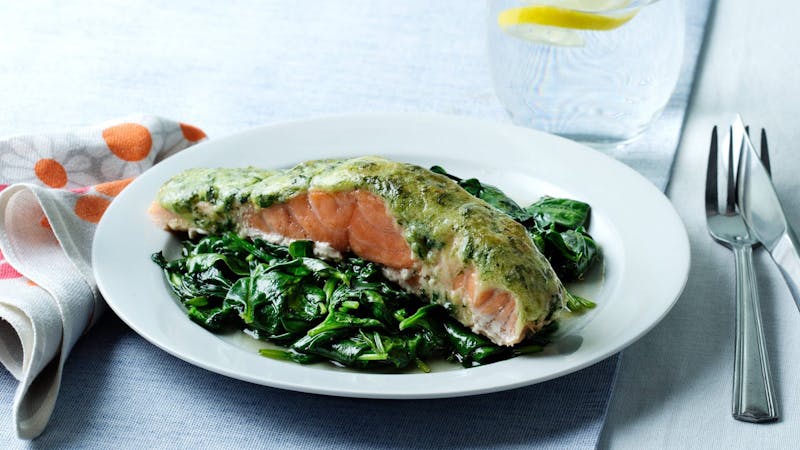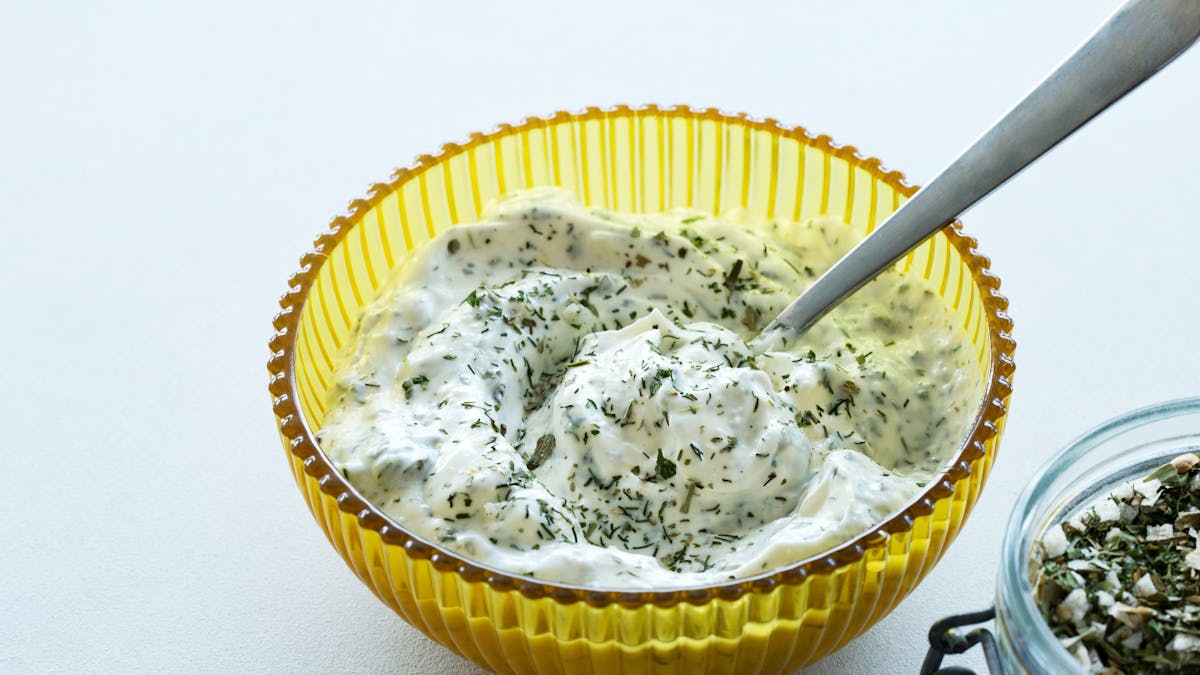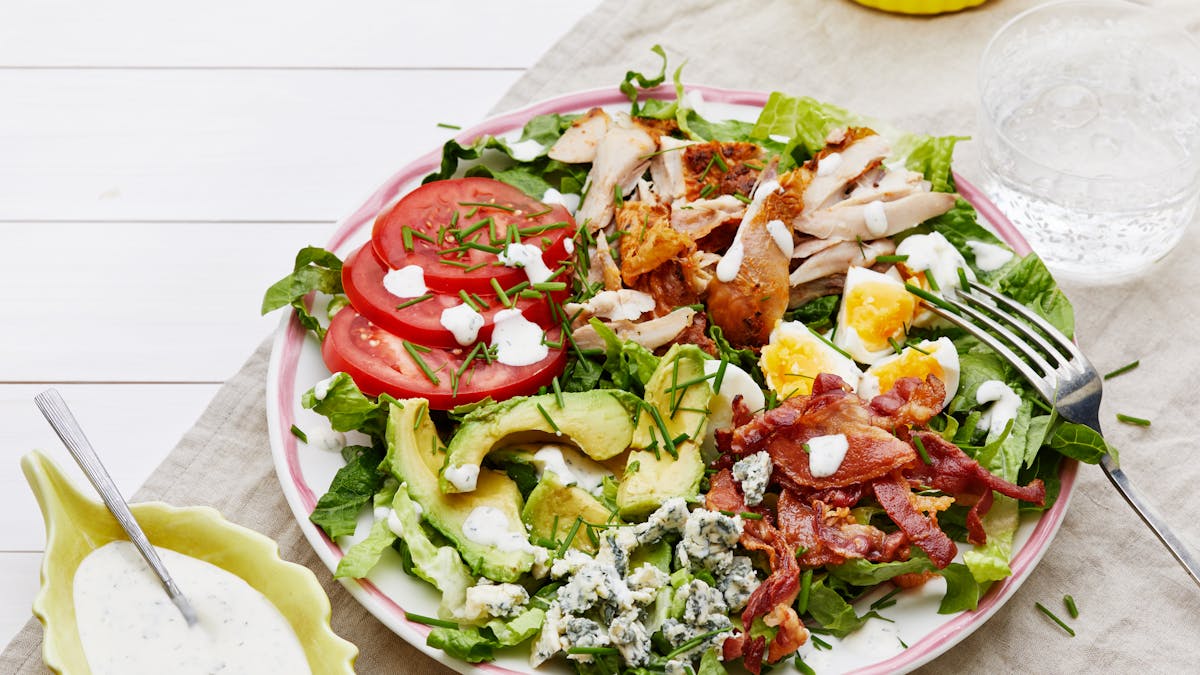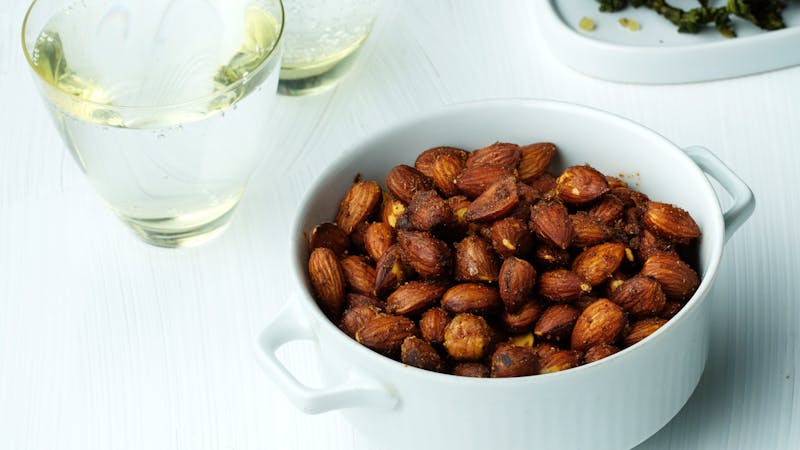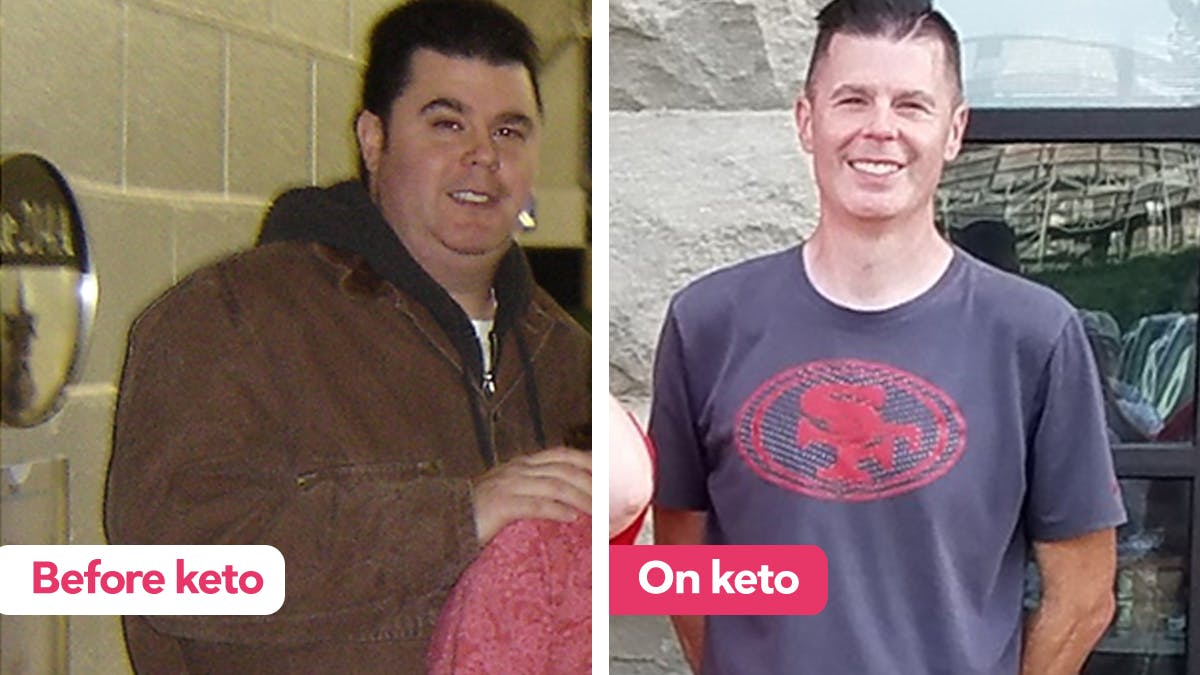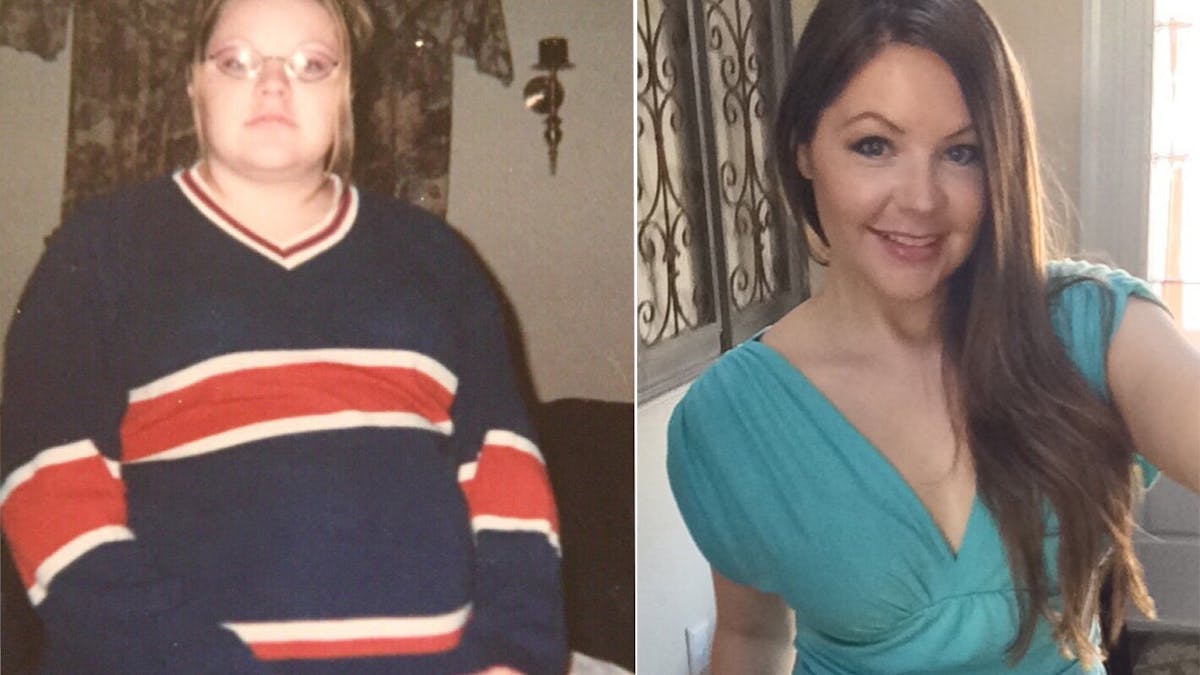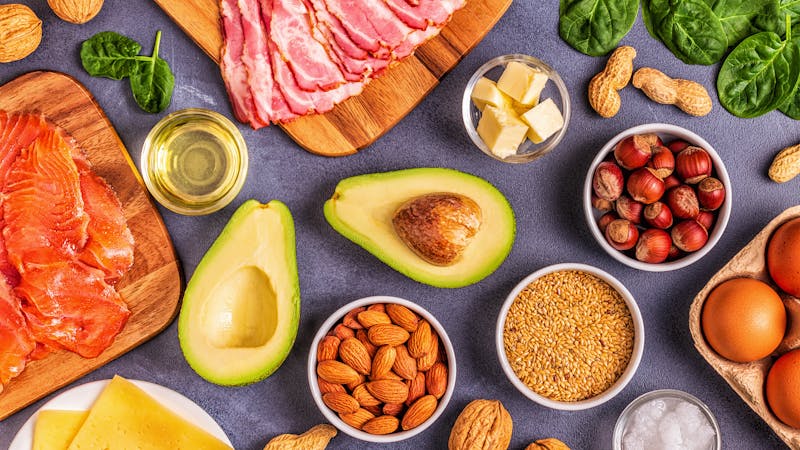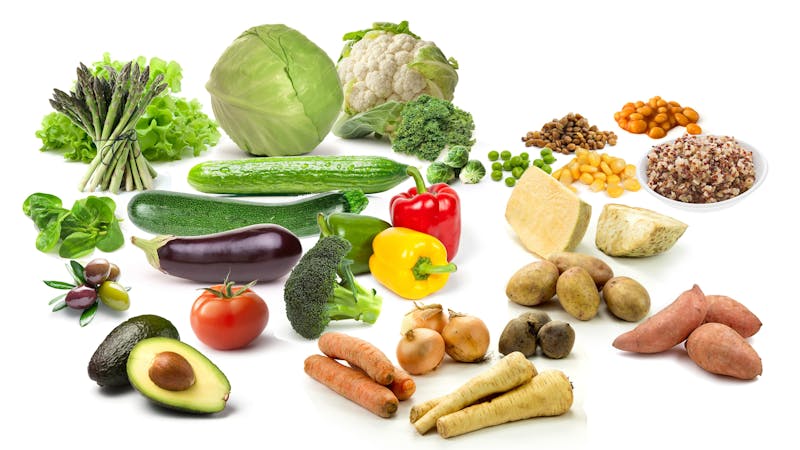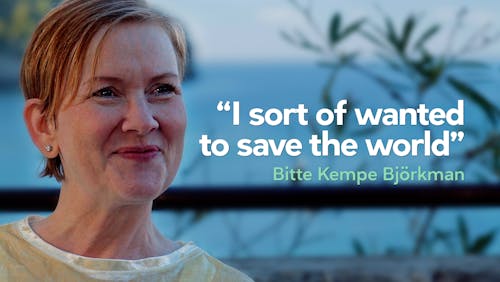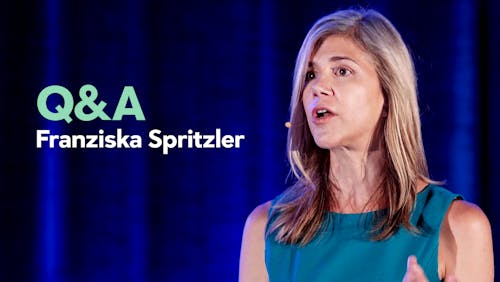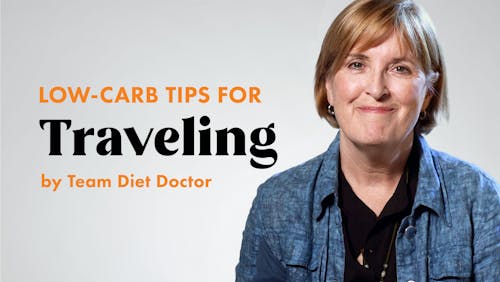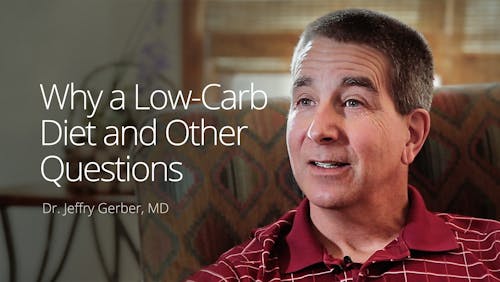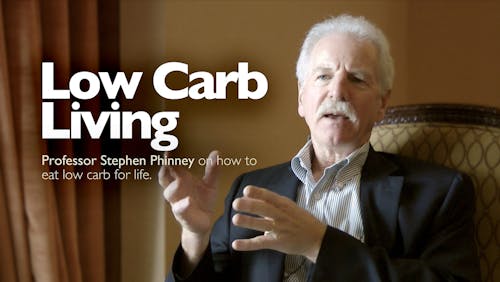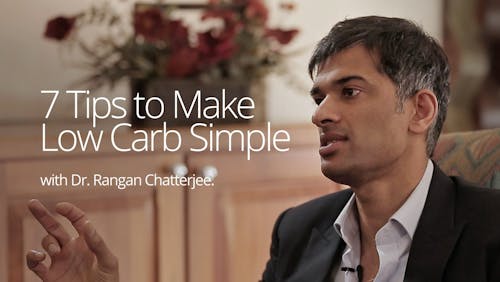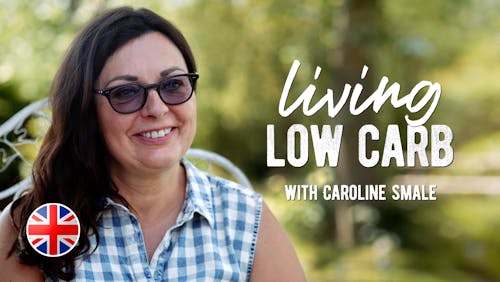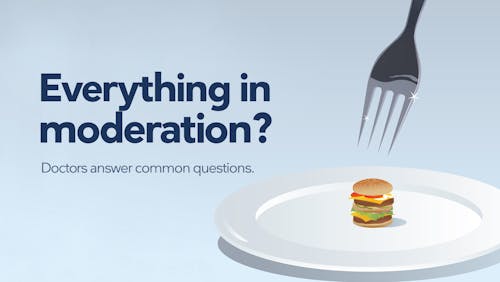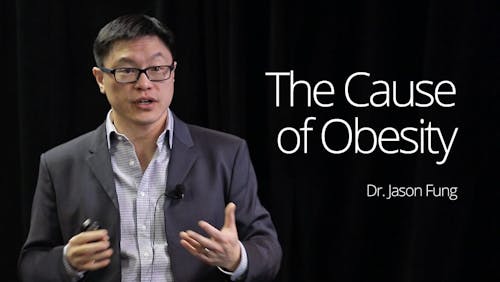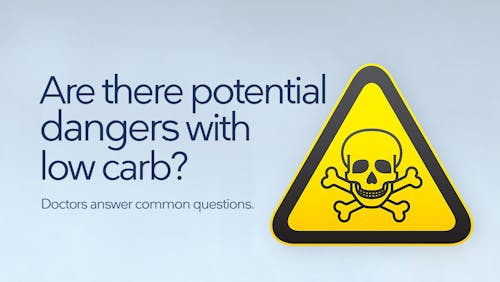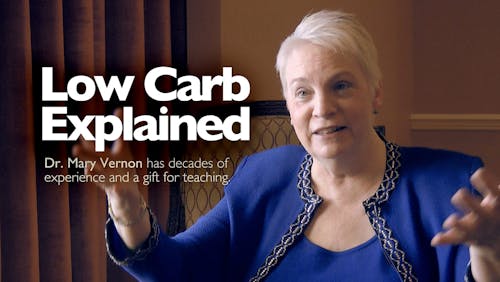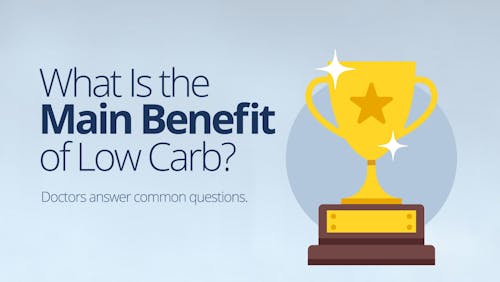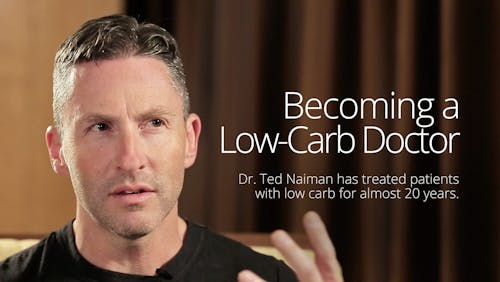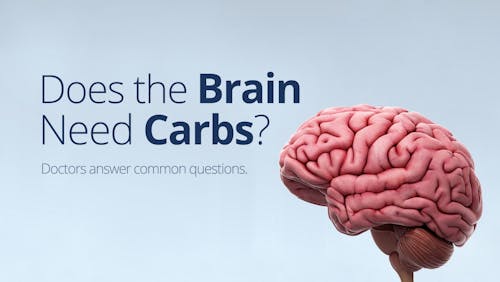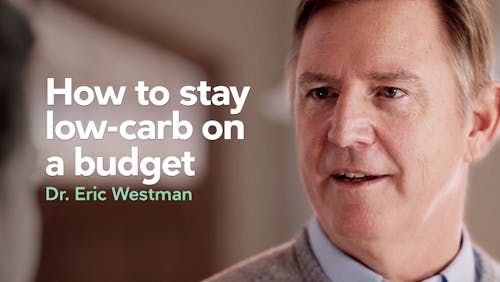The Atkins diet: a complete guide and helpful hints
The Atkins diet is a low-carb way of eating that can help people lose weight without feeling hungry or counting calories. Could the Atkins diet plan be right for you?
In this guide, you’ll learn all about the Atkins diet and get everything you need to lose weight successfully, including food lists, meal plans, and tips for achieving the best results.

Key takeaways
What is the Atkins diet? The Atkins diet is a low-carb diet plan that can help you lose weight without deliberately restricting calories or going hungry. Learn moreGet started: foods to eat In phase 1 of the Atkins diet, you focus on eating delicious, filling, low-carb foods like meat, fish, eggs, cheese, fats, and low-carb vegetables. Learn more
How and when to add carbs back In phases 2 and 3, you gradually add back some higher-carb foods, such as nuts and berries, based on your progress and personal response to carbs. Learn more
1. What is the Atkins diet?
The Atkins diet is a low-carbohydrate diet created in the 1960s by Dr. Robert C. Atkins, a physician and cardiologist. Dr. Atkins found that when his patients avoided foods high in carbohydrates (carbs) — such as bread, potatoes, pasta, and fruit — they lost weight easily, without hunger or intentionally restricting calories.1
– Dr. Robert C Atkins
In 1972, Dr. Atkins published his first book, Dr. Atkins’ Diet Revolution, followed by Dr. Atkins’ New Diet Revolution in 1992, and an updated version with the same name in 2002.2
The Atkins diet is essentially a keto diet at the start. But then, over time, it involves adding specific carbs back into your diet until you find your personal carb level that allows you to maintain a healthy weight.
The Atkins diet has four phases:
- Phase 1 (Induction): Eat from a specific list of foods — especially protein foods like seafood, meat, cheese, and eggs — and stay below 20 grams of “net carbs” (total carbs minus fiber) per day.3 This is the strict keto diet phase. Eating this way leads to ketosis, where your body uses fat as its main fuel. Being in ketosis makes you feel less hungry, so you eat less and lose more weight.4 Follow phase 1 for a minimum of two weeks.
- Phase 2 (Ongoing weight loss, or OWL): Gradually add back more foods to your diet, 5 grams of net carbs at a time. Follow phase 2 until you’re within a few pounds of your goal weight.
- Phase 3 (Pre-maintenance): Experiment with adding back more carbs and fine-tuning your carb intake based on your progress. Follow phase 3 until you’re at your weight loss goal.
- Phase 4 (Maintenance): Eat within the carb range that allows you to maintain your weight. Follow phase 4 for the rest of your life.
2. Atkins diet food list for phase 1
During the induction phase, you’ll eat foods with minimal carbs. Although the “allowed” list is somewhat limited, you will still enjoy lots of delicious, filling foods.

Foods to eat freely
Eat as much of the following foods as you need to feel comfortably full (but not stuffed).
Protein:
- Fish and shellfish of all types
- Poultry, such as chicken and turkey
- Fresh meat, such as beef, pork, and lamb5
- Processed meat, such as bacon, ham, or sausage 6
- Eggs7
Fat:
- Butter8
- Olive oil, coconut oil, and vegetable oils
- Mayonnaise
Other:
- Herbs and spices
- Vinegar (exceptions: balsamic vinegar and flavored vinegars that contain sugar)
Foods to eat in limited amounts
- Above-ground vegetables: 2 to 3 cups per day
- Leafy greens, such as arugula, bok choy, lettuce, romaine, spinach
- Asparagus
- Broccoli
- Cauliflower
- Tomatoes
- And other keto-friendly vegetables
- Full-fat cheese: Up to 4 ounces or 116 grams per day
- Hard and semi-soft cheese, such as cheddar, Swiss, provolone, mozzarella, Monterey Jack, and Gorgonzola
- Soft-ripened cheese, such as Brie and camembert
- Cream cheese
- Heavy cream: Up to 3 tablespoons per day
- Sour cream: Up to 2 tablespoons per day
- Olives: Up to 20 small olives per day
- Avocado: Up to half a small avocado per day
- Lemon or lime juice: Up to 3 tablespoons per day
Beverages to drink
- Water, club soda, or seltzer water with no added sugar
- Coffee or tea, with optional keto-friendly sweetener
- Sugar-free beverages (including diet iced tea and diet soda)
- Broth or bouillon
Tip: Drinking a daily cup or two of broth or bouillon during the induction phase can help minimize or prevent symptoms of the “keto flu,” a common set of temporary side effects like headache and fatigue that often occur at the beginning of a very-low-carb diet.9
Foods and beverages to avoid
During phase 1, you eat protein, fat, and above-ground vegetables. That means you avoid all foods and beverages not listed above, including:
- Sugar, including honey and syrup
- Sugar-sweetened beverages
- Grains, such as bread, pasta, rice, and cereal
- Fruit juice
- Alcohol
- Below-ground vegetables, such as carrots, beets, and potatoes
- Fruit, including berries
- Nuts and seeds
- Yogurt, cottage cheese, and ricotta cheese
3. Sample Atkins diet menu
Planning meals during phase 1 of the Atkins diet is easy:
Eat it now! Top 3 protein recipes:
- Start with a generous serving of protein.10
- Add low-carb vegetables as a salad, stir-fry, or side dish
- Include fat for flavor and fullness
Eat it now! Top 3 protein recipes:
Here is a simple seven-day menu for phase 1 of the Atkins diet. Feel free to substitute other foods from the acceptable foods list above, based on your preferences and what you have on hand.
Day 1
- Breakfast: Jill’s cheese-crusted keto omelet
- Lunch: Shrimp salad with mayo, tomatoes, and cucumbers
- Dinner: Chicken wings, celery with keto ranch dip
Day 2
- Breakfast: Bacon and scrambled eggs
- Lunch: Cheese and tomato salad with olive oil dressing
- Dinner: Pulled pork with cauliflower mash
Day 3
- Breakfast: Ham and cheese plate with tomatoes
- Lunch: Bell pepper stuffed with tuna salad
- Dinner: Roast beef with zucchini fettuccine
Day 4
- Breakfast: Sausage and fried eggs
- Lunch: Chef salad (ham, turkey, cheese, hard-boiled egg, and greens) with ranch dressing
- Dinner: Roast chicken with butter-fried broccoli
Day 5
- Breakfast: No-bread keto breakfast sandwich
- Lunch: Leftover chicken and broccoli
- Dinner: Bunless cheeseburger with coleslaw
Day 6
- Breakfast: Smoked salmon with sliced tomatoes and mayo
- Lunch: Keto Cobb salad with ranch dressing
- Dinner: Lamb chops with herb butter and roasted Brussels sprouts
Success on the Atkins diet
“It’s a no-brainer for me to eat eggs, cheese, and meat. I mean, it’s not punishment,” Giulia says.
Day 7
- Breakfast: Keto caprese omelet
- Lunch: Salmon with a mixed green salad and olive oil dressing
- Dinner: Steak and grilled asparagus
Success on the Atkins diet
“It’s a no-brainer for me to eat eggs, cheese, and meat. I mean, it’s not punishment,” Giulia says.

5. Adding carbs back: when and how many?
After two weeks, you can either stay in phase 1 (Induction) for as long as you like or slowly start adding carbs back in phase 2 (Ongoing weight loss (OWL)).
If you have a lot of weight to lose, you may want to stay in phase 1 indefinitely. You’re likely to lose weight more rapidly if you continue eating very low carb.11 Once you feel ready, move on to phase 2.
However, if you want to lose weight more gradually and have more foods to choose from, move on to phase 2 now.
Climbing the Atkins “carb ladder”
Follow these steps to continue losing weight and then maintain your new weight.
Phase 2: Ongoing weight loss
Increase your daily net carb intake by 5 grams for at least one week and then assess your progress. Dr. Atkins recommends adding extra vegetables first and then reintroducing other low-carb foods in the following order:
- Add a cup or more of your favorite low-carb vegetables to a stir-fry or side dish. Enjoy a whole avocado a day — in a salad or as guacamole — if you like.
- Greek yogurt and cottage cheese aren’t included in phase 1 because they’re higher in carbs than most cheeses. Yet they’re perfect for slightly boosting carb intake in phase 2. A half-cup (100 grams) serving of Greek yogurt has only 3 grams of net carbs, and the same amount of cottage cheese has just 5 grams of net carbs.
- Nuts are another nutritious food you can add back now. Pecans, macadamia nuts, almonds, and other low-carb nuts have about 2 to 5 grams of net carbs per one-third cup (40 to 50 grams).
Tip: Keep portion sizes of nuts small. Although they’re relatively low in carbs, nuts are easy to overeat and, along with too much cheese, may stall weight loss. - Although most fruits are carb-heavy, flavorful berries are an exception. Blackberries, raspberries, and strawberries contain roughly 3 to 5 grams of net carbs per half-cup (60 to 70 grams).
- One glass of dry wine has about 2 grams of net carbs, and a standard hard alcoholic drink (such as whisky, rum, or vodka) is carb-free. However, alcohol can sometimes interfere with weight loss.12 Limit your alcohol intake to one drink per day, and cut it out completely if you stop losing weight.
After each weekly 5-gram increase in net carbs, evaluate how you feel. Are you hungrier? Do you have cravings? Have you stopped losing weight?
- If “yes:” Reduce your daily net carb intake by 5 grams to find your current personal carb limit for losing weight.
Dr. Atkins called this your “Critical Carbohydrate Level for Losing,” or CCLL. You can try climbing the carb ladder again after a few weeks, or simply remain at this carb level until you’re near your goal weight.Also, replace any food that you suspect may have caused cravings (such as nuts) with low-carb vegetables that contain an equal amount of carbs.
- If “no:” You can either stay at your current carb level for another week or add another 5 grams of net carbs per day the next week. Continue adding back net carbs in 5-gram increments and stay at each carb level for at least one week before adding more carbs.
If your weight loss stops, drop your daily net carb by 5 grams to get to your personal carb level for losing weight. Aim to stay below this level until you’re close to your goal weight.Tip: Weigh yourself only once a week during phase 2. It’s common to lose about one pound (0.5 kilos) per week during this time. However, day-to-day weight fluctuations occur.
Remain at each new carb level for at least a week before weighing yourself. Doing so will help you decide whether you should increase or decrease your carb intake.
Phase 3: Pre-maintenance
As you approach your goal weight, you can experiment with slightly higher-carb foods during phase 3, such as legumes, fruits, and below-ground vegetables like carrots and beets. You can increase your daily carb intake by up to 10 grams each week, if you wish.
One-third cup of beans, one cup of cooked carrots, and one cup of sliced cantaloupe each have about 10 grams of net carbs. You’ll find complete carb information for all foods in our visual guides.
If you begin gaining weight, cut back to your previous carb level. If any specific foods make you feel hungry or cause cravings, avoid them altogether.
Stay in phase 3 until you achieve your goal weight.
Success on the Atkins diet
Brian eats between 20 to 50 grams of net carbs a day to maintain his 100-pound weight loss.
Phase 4: Maintenance
Once you find the carb level at which you can easily maintain your new weight, you’ll be in phase 4. Dr. Atkins called this your “Critical Carbohydrate Level for Maintaining,” or CCLM. It may be 20 grams of net carbs, 40 grams of net carbs, or more per day.
Although you may be able to eat a few more carbs occasionally — during vacations, holidays, or celebrations — staying within your personal carb limit most of the time will give you the best chance of keeping your weight off for good.
Success on the Atkins diet
Brian eats between 20 to 50 grams of net carbs a day to maintain his 100-pound weight loss.
6. Research supporting the Atkins diet for weight loss




Thousands of inspirational Atkins diet success stories exist — and high-quality science supports these results.
When researchers analyzed several studies of popular diets in 2017, they concluded that the Atkins diet was the most effective for losing weight.13
And in trials, as in real life, people who follow the Atkins diet are allowed to eat as much of the permitted foods as they need to feel full.
In a 2007 trial, known as the A to Z study, overweight women ate either a low-carb (Atkins), low-calorie portion-controlled (LEARN), low-fat (Ornish), or moderate-carb (Zone) diet for one year.
By the end of the study, women in the low-carb group had lost an average of 10.3 pounds (4.7 kilos) — two to three times as much weight as the women in the other groups.14 Other trials testing the Atkins diet have shown similar weight loss results after one year.15
Participants in these studies followed phase 1 for a few weeks and then began increasing their carb intake every week. After a few months, they were eating more than 100 grams per day, in many cases. Despite impressive initial results, they often stopped losing weight or even regained some weight after adding back carbs.16
Success on the Atkins diet Melissa stayed in phase 1 of the Atkins diet for the 10 months it took her to lose 100 pounds. Success on the Atkins diet Melissa stayed in phase 1 of the Atkins diet for the 10 months it took her to lose 100 pounds.
However, when people stay in phase 1 longer and add carbs back more gradually, they tend to lose more weight overall.17
There’s also some evidence that eating a low-carb, Atkins-style diet may help prevent your metabolism from slowing down during weight maintenance, which can increase the likelihood that you’ll keep the weight off.18
Results from Atkins diet trials are consistent with many other studies, demonstrating that low-carb diets can lead to dramatic weight loss and improved health markers.19
7. FAQ about the Atkins diet




Can I stay in phase 1 forever?
Although it’s possible to stay in the induction phase indefinitely, the food list is quite restrictive. The good news is, you can maintain the same net carb limit of 20 grams per day while enjoying nuts, berries, and other foods that aren’t allowed during phase 1. Check out our complete list of keto-friendly foods.

Can I do the Atkins diet if I’m a vegetarian or vegan?
Yes. Although the Atkins diet is usually high in animal products, vegetarians and vegans can also follow it.
Because phase 1 protein foods are limited to meat, fish, cheese, and eggs, you’ll need to include some foods from phase 2 and 3 — such as nuts, seeds, and legumes — if you’re a vegan.
If you’re a vegetarian, you can stick with phase 1 foods. However, you’ll get more variety if you include some dairy sources that are allowed in phase 2, like Greek yogurt and cottage cheese.
To learn more, read How to follow a healthy keto vegetarian diet or How to eat low carb as a vegan.
Is the Atkins diet healthy?
The Atkins diet may provide some health benefits. In addition to helping people lose weight, the Atkins diet has been shown to reduce blood pressure and triglyceride levels.20 Read more about the scientific evidence supporting low-carb diets like the Atkins diet.
Is the Atkins diet good for people with diabetes?
Like other low-carb diets, the Atkins diet has been shown to improve blood sugar control in people with diabetes.21 Learn more about the best foods to control diabetes.
Is the Atkins diet safe for everyone?
The Atkins diet is safe for most people. However, because low-carb diets often lower blood sugar and blood pressure, if you take medication for diabetes or high blood pressure, you will need to discuss medication management with your doctor before starting a low-carb diet.
Additionally, breastfeeding women should avoid eating fewer than 50 grams of net carbs per day.
Are there any drawbacks to the Atkins diet?
Although the Atkins diet has helped many people lose weight, it does have some disadvantages, including:
- Limited food choices in phase 1, which may cause some people to give up because they feel the diet is overly restrictive
- Frequent stalls or weight gain in some people who add carbs back 22
- Hunger and cravings may return in some people who add carbs back 23
Summary
The guide you just read provides all of the information you need to get started and be successful on the Atkins diet. For a more comprehensive discussion of the diet, read Dr. Atkins’ New Diet Revolution.24
Start your FREE 7-day trial!
Get instant access to healthy low-carb and keto meal plans, fast and easy recipes, weight loss advice from medical experts, and so much more. A healthier life starts now with your free trial!
Start FREE trial!Low carb
The Atkins diet: a complete guide and helpful hints - the evidence
This guide is written by Franziska Spritzler, RD and was last updated on June 19, 2025. It was medically reviewed by Dr. Bret Scher, MD on April 14, 2021 and Dr. Michael Tamber, MD on March 12, 2022.
The guide contains scientific references. You can find these in the notes throughout the text, and click the links to read the peer-reviewed scientific papers. When appropriate we include a grading of the strength of the evidence, with a link to our policy on this. Our evidence-based guides are updated at least once per year to reflect and reference the latest science on the topic.
All our evidence-based health guides are written or reviewed by medical doctors who are experts on the topic. To stay unbiased we show no ads, sell no physical products, and take no money from the industry. We're fully funded by the people, via an optional membership. Most information at Diet Doctor is free forever.
Read more about our policies and work with evidence-based guides, nutritional controversies, our editorial team, and our medical review board.
Should you find any inaccuracy in this guide, please email andreas@dietdoctor.com.
Many studies confirm that when people dramatically cut back on carbs but are allowed as much protein and fat as they need to feel full, they end up naturally eating less and losing weight:
Annals of Internal Medicine 2005: Effect of a low-carbohydrate diet on appetite, blood glucose levels, and insulin resistance in obese patients with type 2 diabetes [non-randomized trial; weak evidence]
Annals of Internal Medicine 2014: Effects of low-carbohydrate and low-fat diets; a randomized trial [moderate evidence]
The Journal of Clinical Endocrinology and Metabolism 2005: The role of energy expenditure in the differential weight loss in obese women on low-fat and low-carbohydrate diets [randomized trial; moderate evidence] ↩
The information about the Atkins diet in this guide is based on the 2002 edition of Dr. Atkins’ New Diet Revolution. In most of the clinical trials that tested the Atkins diet, researchers instructed participants to follow this book’s protocol. ↩
In Dr. Atkins’ New Diet Revolution, these are referred to as “digestible carbs.” The fiber portion of carbs aren’t digested and absorbed by your digestive tract:
Nutrients 2010: Effects of dietary fiber and its components on metabolic health [overview article; ungraded] ↩
High-quality research demonstrates that ketogenic diets reduce hunger:
Obesity Reviews 2015: Do ketogenic diets really suppress appetite? A systematic review and meta-analysis [strong evidence] ↩
Meat is a high-quality source of protein and other nutrients that has been unfairly linked to heart disease, cancer, and other diseases through very weak scientific evidence. Learn more: Guide to red meat: is it healthy? ↩
Processed meat is generally believed to have a higher potential health risk than unprocessed meat. But the evidence linking processed meat to chronic disease is still very weak. ↩
Eggs are incredibly nutritious. Although they’re high in cholesterol, eating more eggs usually prompts the body to produce less cholesterol, resulting in stable levels in the blood:
Nutrients 2018: Intake of 3 eggs per day when compared to a choline bitartrate supplement, downregulates cholesterol synthesis without changing the LDL/HDL ratio [randomized crossover trial; moderate evidence]
Additionally, your body may not absorb most of the cholesterol you get from food:
Nutrients 2018: Dietary cholesterol contained in whole eggs is not well absorbed and does not acutely affect plasma total cholesterol concentration in men and women: results from 2 randomized controlled crossover studies [randomized crossover trial; moderate evidence] ↩
Cheese, butter, heavy cream, and other foods high in saturated fat can be enjoyed on a low-carb diet. Although there’s still disagreement among some experts, several large systematic reviews of clinical trials have found no evidence that saturated fat increases risk of heart disease, early death, or other health issues:
Nutrition Journal 2017: The effect of replacing saturated fat with mostly n-6 polyunsaturated fat on coronary heart disease; a meta-analysis of randomized controlled trials [strong evidence]
Read more in our guide on saturated fat.
↩This is mainly based on consistent reports from experienced clinicians [weak evidence]. But there’s also a study in which researchers reported only minor side effects in participants on a keto diet who were advised to drink bouillon:
Nutrition & Metabolism 2008: The effect of a low-carbohydrate, ketogenic diet versus a low-glycemic index diet on glycemic control in type 2 diabetes mellitus [moderate evidence] ↩
Strong research shows that higher-protein diets can help people feel full and lose weight:
Nutrition Reviews 2016: Effects of dietary protein intake on body composition changes after weight loss in older adults: a systematic review and meta-analysis [strong evidence]
The American Journal of Clinical Nutrition 2012: Effects of energy-restricted high-protein, low-fat compared with standard-protein, low-fat diets: a meta-analysis of randomized controlled trials [strong evidence] ↩
Several studies have shown that minimizing carb intake is extremely effective for losing fat quickly.
In an eight-week trial, older adults who ate a keto diet lost 13 pounds (5.9 kilos) and 9.7% of their body fat, while those who ate a low-fat diet lost 2 pounds (0.9 kilo) and 2% of their body fat:
Nutrition and Metabolism 2020: Effects of weight loss during a very low carbohydrate diet on specific adipose tissue depots and insulin sensitivity in older adults with obesity: a randomized clinical trial [moderate evidence]
Other low-carb diet trials have had similar outcomes.
In a 2015 trial, men who followed a keto diet lost 9 pounds (4.2 kilos) in 20 days:
Lung 2015: Effects of twenty days of the ketogenic diet on metabolic and respiratory parameters in healthy subjects [randomized trial; moderate evidence]
In 2011, researchers studied the effects of a 12-week ketogenic diet in 22 people with metabolic syndrome. By the end of the study, participants had lost an average of 32 pounds (14.5 kilos). Although researchers did not report changes in body fat, the men lost an average of nearly 7 inches (17 cm) from around their waist, suggesting a significant decrease in visceral fat:
Journal of Medicinal Food 2011: A pilot study of the Spanish Ketogenic Mediterranean Diet: an effective therapy for the metabolic syndrome [non-randomized trial; weak evidence] ↩
Drinking alcoholic beverages can slow down weight loss, in part, because your body burns alcohol before it burns carbs, protein, and fat — including body fat:
The Journal of Clinical Investigation 1988: Ethanol causes acute inhibition of carbohydrate, fat, and protein oxidation and insulin resistance [randomized trial; moderate evidence]
The American Journal of Clinical Nutrition 1999: De novo lipogenesis, lipid kinetics, and whole-body lipid balances in humans after acute alcohol consumption [non-randomized trial; weak evidence]
Alcohol also tends to increase appetite and decrease inhibitions, which may lead you to overeat without even realizing it:
British Journal of Nutrition 2019: The effect of alcohol consumption on food energy intake: a systematic review and meta-analysis [strong evidence]
Health Psychology 2016: Alcohol’s acute effect on food intake is mediated by inhibitory control impairments [randomized trial; moderate evidence] ↩
Nutrients 2017: Effects of popular diets without specific calorie targets on weight loss outcomes: systematic review of findings from clinical trials [strong evidence] ↩
JAMA 2007: Comparison of the Atkins, Zone, Ornish, and LEARN diets for change in weight and related risk factors among overweight premenopausal women: The A to Z weight loss study: a randomized trial [moderate evidence]
↩NEJM 2008: Weight loss with a low-carbohydrate, Mediterranean, or low-fat diet [moderate evidence]
The New England Journal of Medicine 2003: A randomized trial of a low-carbohydrate diet for obesity [moderate evidence]
↩In one trial, obese adults who followed the Atkins diet lost more than 13 pounds (6 kilos), on average, within the first few months. Yet after gradually increasing their carb intake up to as much as 120 grams of carbs per day, those who completed the trial lost an average of only 12 pounds (5.5 kilos) after 24 months:
NEJM 2008: Weight loss with a low-carbohydrate, Mediterranean, or low-fat diet [randomized trial; moderate evidence]
↩For example, in a six-month trial, overweight adults were advised to follow phase 1 of the Atkins diet for at least 10 weeks and then increase their net carb intake by 5 grams each week until they were no longer losing weight. By the end of the trial, the participants lost an average of 26 pounds (12 kilos):
Annals of Internal Medicine 2004: A low-carbohydrate, ketogenic diet versus a low-fat diet to treat obesity and hyperlipidemia: a randomized, controlled trial [ moderate evidence]
In a similar trial lasting 12 months, overweight adults followed phase 1 of Atkins (20 grams of carbs per day) until they approached their goal weight, at which point they increased their carb intake by 5 grams each week until they maintained their weight. Average weight loss was 25 pounds (11.4 kilos) at the end of the trial:
Annals of Internal Medicine 2010: A randomized trial of a low-carbohydrate diet vs orlistat plus a low-fat diet for weight loss [randomized trial; moderate evidence] ↩
In a 2012 study, 21 adults who’d lost weight on a calorie-restricted diet were found to burn around 300 calories more per day during weight maintenance if they followed a low-carb diet (roughly 50 grams of carbs per day) based on the Atkins diet protocol compared to a low-fat diet:
Journal of the American Medical Association 2012: Effects of dietary composition during weight loss maintenance: a controlled feeding study [randomized trial; moderate evidence] ↩
Obesity Reviews 2016: Impact of low-carbohydrate diet on body composition: meta-analysis of randomized controlled studies [strong evidence]
PLoS One 2020: The effects of low-carbohydrate diets on cardiovascular risk factors: A meta-analysis [strong evidence]
Nutrients 2020: Impact of a ketogenic diet on metabolic parameters in patients with obesity or overweight and with or without type 2 diabetes: A meta-analysis of randomized controlled trials [strong evidence]
European Journal of Clinical Nutrition 2017: The interpretation and effect of a low-carbohydrate diet in the management of type 2 diabetes: a systematic review and meta-analysis of randomised controlled trials [strong evidence] ↩
In the A to Z study, women in the Atkins group decreased their systolic blood pressure by 7.6 mm Hg and their diastolic blood pressure by 4.4 mm Hg at 12 months:
JAMA 2007: Comparison of the Atkins, Zone, Ornish, and LEARN diets for change in weight and related risk factors among overweight premenopausal women: The A to Z weight loss study: a randomized trial [moderate evidence]
In a 2004 trial, overweight adults who followed the Atkins diet for six months lowered their triglyceride levels by 74 mg/dL (0.84 mmol/L), on average:
Annals of Internal Medicine 2004: A low-carbohydrate, ketogenic diet versus a low-fat diet to treat obesity and hyperlipidemia: a randomized, controlled trial [moderate evidence] ↩
In a small six-month trial from 2005 testing the Atkins diet in overweight adults with diabetes, the participants’ average hemoglobin A1c (HbA1c) levels decreased from 7.5% to 6.3 %. Also,17 of 21 participants were able to discontinue or decrease their diabetes medications, and their average body weight decreased 19 pounds (8.7 kilos):
Nutrition and Metabolism 2005: A low-carbohydrate, ketogenic diet to treat type 2 diabetes [non-randomized trial; weak evidence] ↩
NEJM 2008: Weight loss with a low-carbohydrate, Mediterranean, or low-fat diet [randomized trial; moderate evidence] ↩
This is mainly based on clinical experience [weak evidence] ↩
Diet Doctor will not benefit from your purchases. We do not show ads, use any affiliate links, sell products or take money from the industry. Instead, we’re funded by the people via our optional membership. Learn more ↩
